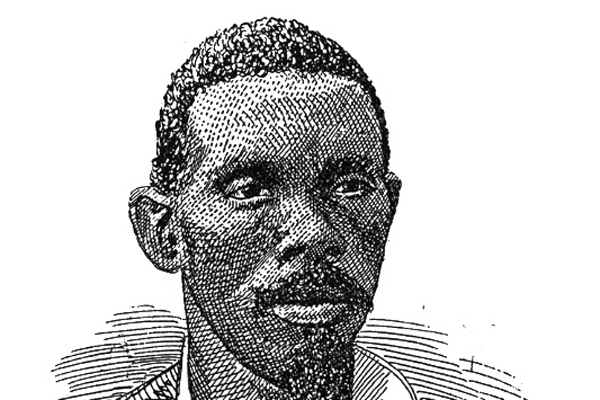He was born on June 25, 1841 in Santiago de Cuba, the son of a freed slave with a black woman, he soon became one of the most outstanding heroes of the Cuban independence deeds.
José Guillermo Moncada Veranes’ poise, tall stature, poise and strong physical complexion earned him the nickname of Guillermón.
The rudiments of education he learned alone and by dint of courage and intelligence he rose in the Ten Years’ War from Corporal to Brigadier General in 1878.
Several renowned Spanish officers met defeat on the battlefields, where they unsuccessfully tried to measure themselves against this man who knew no rival in the art of machete fencing learned in years of hard work as a peasant.
In the region of Baracoa-Guantánamo, the bloodthirsty Miguel Pérez Céspedes, Cuban of aboriginal descent, former rancher and terrible adversary with dozens of deaths, equally men, women or children who he found in the jungle, served as guerrilla leader in the service of Spain. .
Máximo Gómez chose the then commander Moncada and ordered him to find Pérez Céspedes and his men and liquidate them. According to oral tradition, it is said that the mambí answered a note from the Yateras Indian, in which he challenged him to a duel with memorable words.
Guillermón told him in response: “My luck, the time is approaching when we will measure our weapons. I’m not bragging about anything; but I promise you that my arm and my Cuban heart have faith in victory. And I feel that a lost brother gives me the sad opportunity to take the edge off my machete. But, because Cuba is free, even evil itself is good”.
They collect the versions of the time that the meeting was held in the hills of Peladero, in the Guantanamo region, and culminated as Moncada had assured, and since then that duel is remembered as the most famous of the entire war.
He used the last of his forces to organize his succession and brought together his General Staff to leave Major General Bartolomé Masó and Colonel Victoriano Garzón in command.
He died shortly after in a Mambí camp near Alto Songo, in the eastern region of the Cuban archipelago.
On April 5, 1895, tuberculosis, contracted in Spanish prisons, weakened his health and he achieved what neither the so feared Pérez Céspedes nor the Spaniards could.
This day the earthly legend ended, but the immortality of the mambí insurrectionist was consolidated, one of the most extraordinary combatants in our history, a participant in the three wars of independence.

